Chinese government confirms it has been funding EmDrive research since 2010 and believes in its benefits.


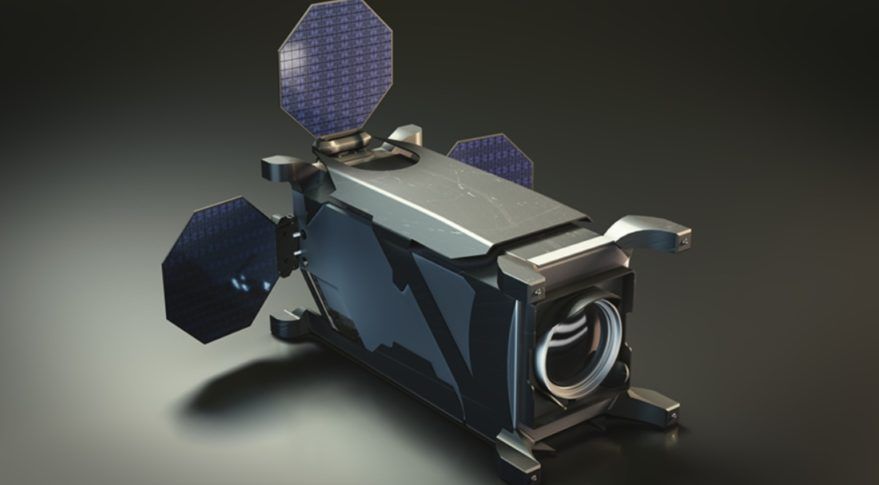
Polish company SatRevolution have announced plans to create a new satellite production plant in Poland and use 3D printing to develop the country’s first satellites. SatRevolution will partner with APWorks to produce a prototype of the Światowid satellite. Airbus subsidiary, APWorks, will provide metal additive manufacturing solutions to the Polish developers.
The Światowid is intended to measure cosmic radiation and electromagnetic interference. To facilitate launching, the design was developed in line with the cube-sat parameters. Measuring 10 x 10 x 20 cm, the satellite will weigh 2 kg.
The project will reportedly require $50 million to complete, with the satellite production facility planned to be built near the Polish city of Wroclaw.

Real estate is a valuable commodity aboard a CubeSat, a compact satellite about the size of a shoebox, so the smaller each component can be made, the better. To that end, scientists at NASA’s Kennedy Space Center and the University of Miami are developing a thin, solid-state battery, which could not only save space for more important instruments aboard satellites, but also provide power on other planets, in cars or within the walls of a home.
At less than 3 mm (0.1 in) thick, the new batteries could be incorporated into the structure of pint-sized satellites, rather than taking up room in the area designated for research instruments. The batteries are made by sandwiching a solid-state battery layer between two layers of compressed carbon fiber.
“Creating a structural battery material could revolutionize the way NASA operates small payloads,” says senior principal investigator, Luke Roberson. “Rather than placing a battery in the experiment taking up 20 to 35 percent of the available volume, the battery now resides in the payload structure, thereby opening up additional free space for researchers to perform more science.”
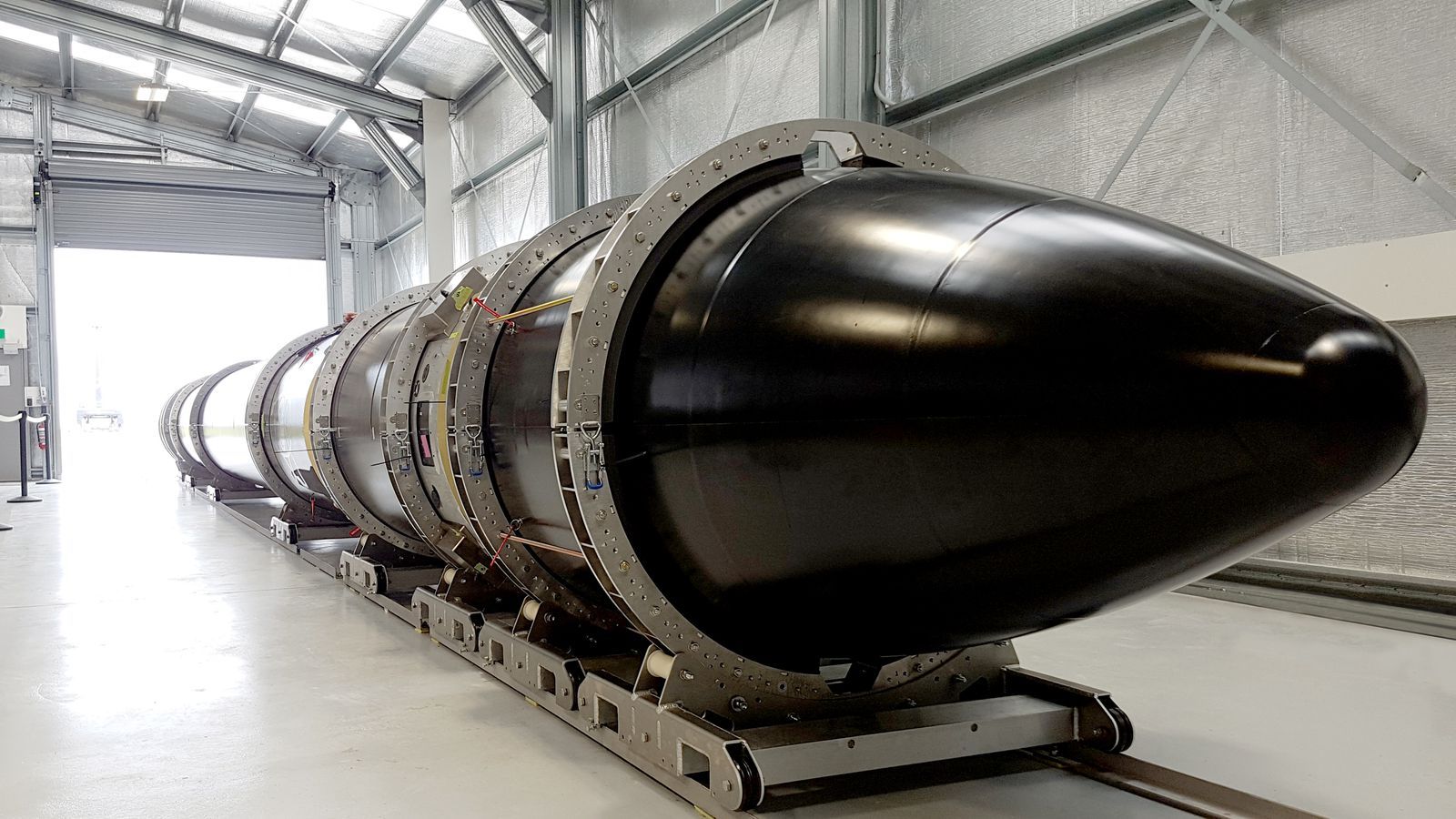
After three years of developing a brand new rocket, aerospace startup Rocket Lab has finally transported a finished vehicle to the New Zealand launch pad where it will take its first flight. The rocket, called the Electron, has been tested on the ground over the last year but has never been flown to space before. Over the next couple of months, Rocket Lab will conduct a series of test launches of the vehicle to verify that it’s ready to carry payloads into orbit for commercial customers.
Compared to other major commercial rockets like the Falcon 9 or the Atlas V, the Electron is pretty small — only 55 feet tall and and around 4 feet in diameter. That’s because the vehicle is specifically designed to launch small satellites. The vehicle can carry payloads ranging from 330 to 500 pounds into an orbit more than 300 miles up. That’s a relatively light lift contrasted with the Falcon 9, which can carry more than 50,000 pounds into lower Earth orbit.
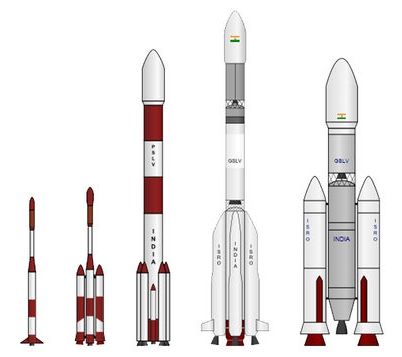
(CNN) — Forget the US versus Russia. The real space race is taking place in Asia.
India’s space agency will attempt to launch 104 satellites from a single rocket Wednesday — a record feat that, if successful, will cement the country’s space smarts after its successful Mars orbiter mission.
The launch would almost triple the current record of 37 satellites Russia sent into orbit in 2014.

Hmmmm.
A private space company is suing the Defense Advanced Research Projects Agency (DARPA) for allegedly taking an idea and giving it to a foreign-owned competitor.
Orbital ATK accused DARPA, which develops military technology, of giving its business plan to repair satellites to Space Systems Loral (SSL), a company-based in California but registered as foreign-owned. Orbital ATK says handing business plans to SSL violates U.S. policy.
DARPA entered into a commercial partnership with Space Systems Loral (SSL) to take advantage of its Robotic Servicing of Geosynchronous Satellites (RSGS) program to capture, re-position, and repair satellites in orbit. DARPA plans to buy future RSGS services from SSL, despite it being a Bermuda-based company.
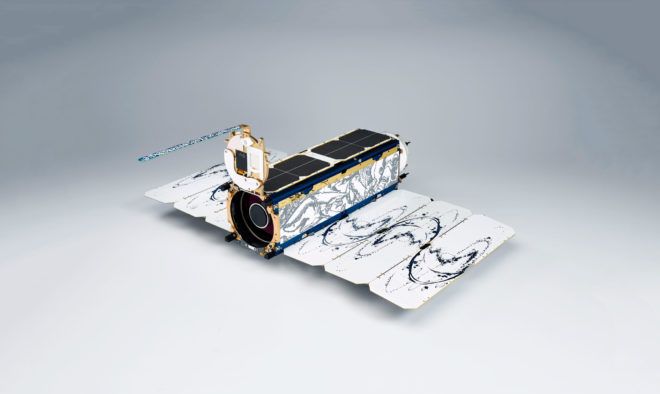
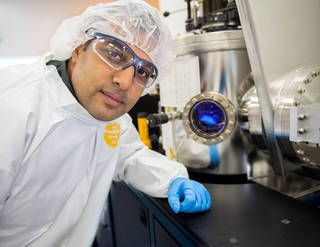
Japan’s ancient art of paper folding has inspired the design of a potentially trailblazing “smart” radiator that a NASA technologist is now developing to remove or retain heat on small satellites.
Technologist Vivek Dwivedi, who is standing in front of a sputtering reactor used to deposit vanadium-oxide onto sample substrates for testing, is collaborating with Brigham Young University researchers to develop a radiator ideal for small spacecraft.
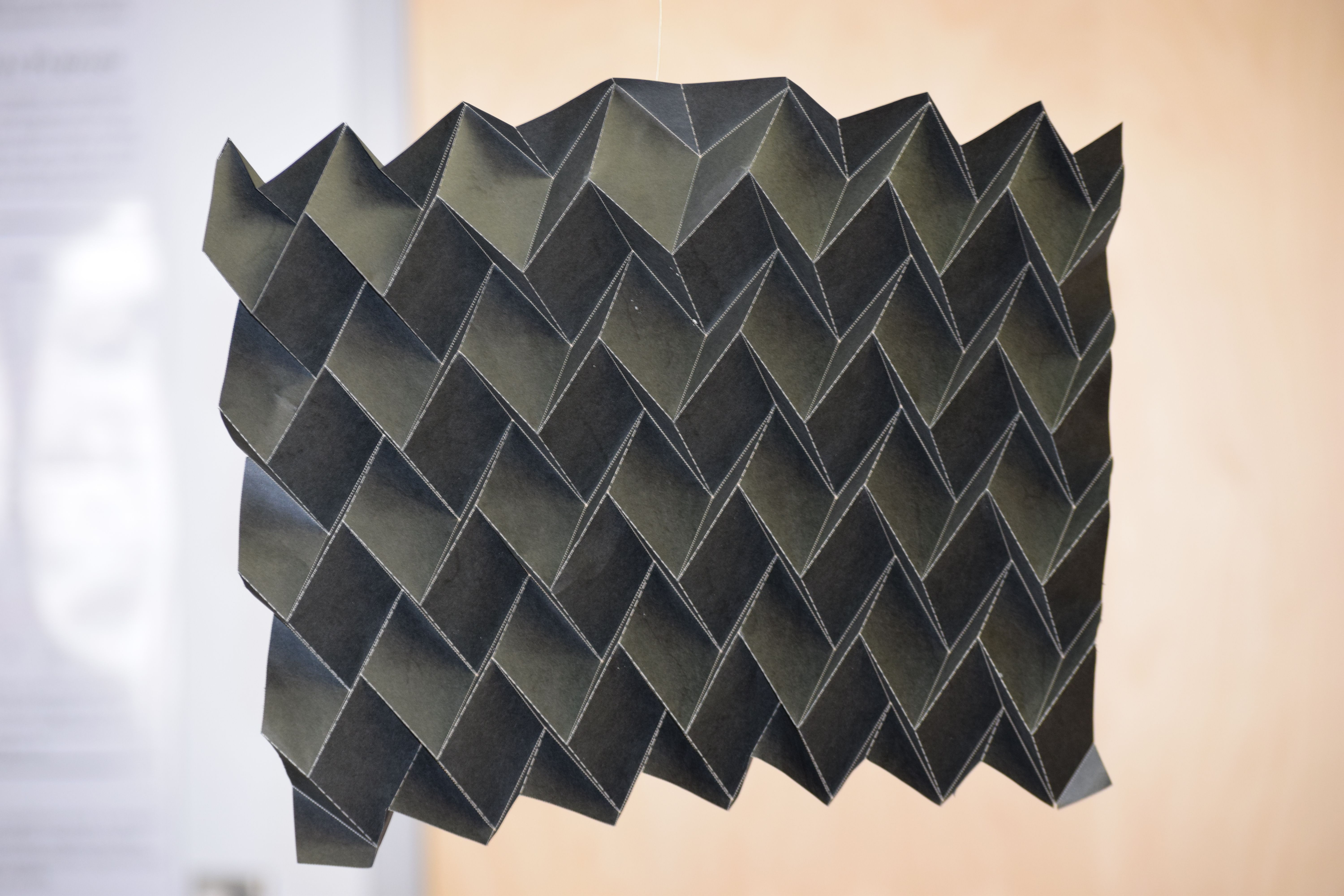
The devices we’re sending into space are getting smaller and lighter, which means there’s less room for bulky and static components. Flexibility and compactness are coming into vogue, and this prototype satellite radiator is inspired by that most compact and flexible of arts: origami.
An ordinary radiator would, of course, help dissipate heat generated by the sun or on-board electronics. But its shape and size, and therefore to a certain extent its capabilities, are set when it is manufactured.
Goddard Space Flight Center and Brigham Young University researchers are working on a radiator that can fold up or expand as needed to accelerate or slow the rate of heat dissipation as its operators see fit.
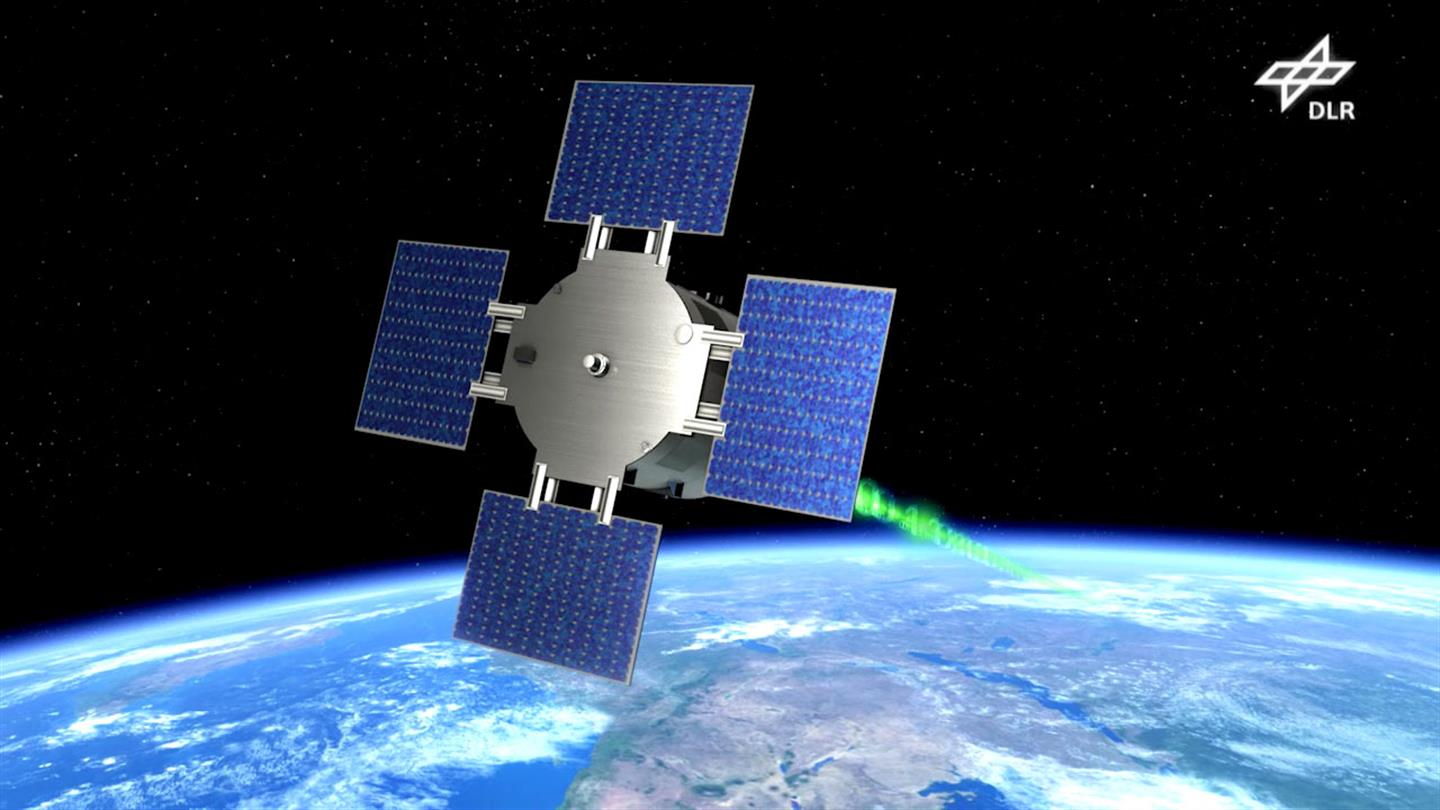
A satellite that’s scheduled to launch later this year will conduct plant-growth experiments in both lunar and Martian gravity, as a way to help prepare for future human settlement of these worlds.
The Eu: CROPIS spacecraft will rotate around its own axis in low-Earth orbit, at an altitude of over 370 miles (600 kilometers). The satellite will initially produce the gravitational force of the moon on its inside for six months, and will then replicate Martian gravity for another six months.
During this time, tomato seeds will germinate and grow into small space tomatoes; 16 onboard cameras will document the plants’ progress. [Plants in Space: Photos by Gardening Astronauts].